10 Simple Changes That Make Your Home More Energy-Efficient
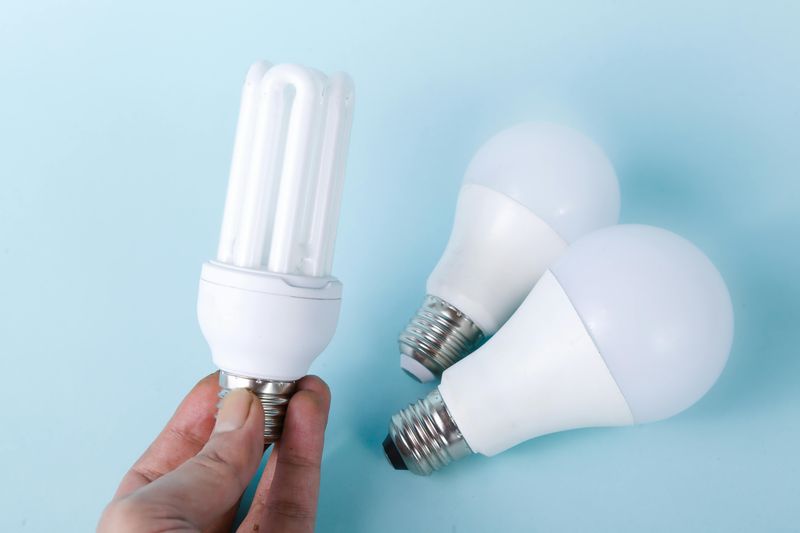
Making your home more energy-efficient doesn’t have to be complicated or expensive. Small changes in how you use electricity, heat, and water can make a big difference in your utility bills and environmental impact. By adopting these simple habits and upgrades, you’ll save money while helping the planet. Ready to make your home work smarter, not harder?
1. Switch to LED Bulbs

LED bulbs use up to 75% less energy than standard incandescent lighting and last up to 25 times longer. The upfront cost might be higher, but you’ll save money in the long run through lower electricity bills and fewer replacement purchases.
Modern LEDs come in various brightness levels and color temperatures to match any mood or room function. They’ve improved dramatically from the harsh, blue light of early models.
Best of all, switching is as simple as screwing in a light bulb—literally! Start with high-use areas like kitchens and living rooms for maximum impact.
2. Install a Programmable Thermostat
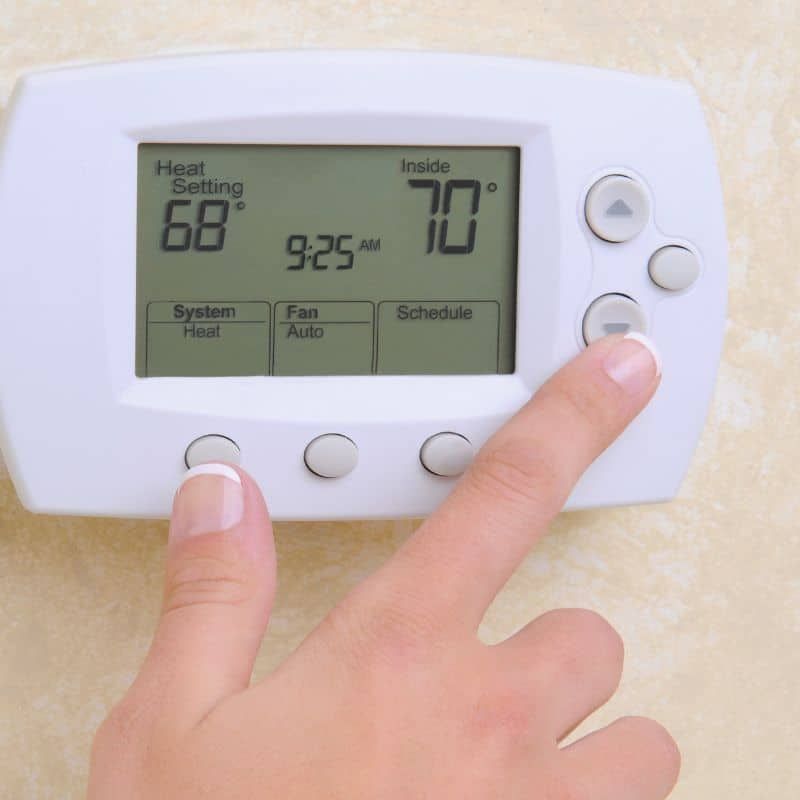
Your heating and cooling system accounts for nearly half of your home’s energy use. A programmable thermostat automatically adjusts temperatures when you’re sleeping or away, eliminating wasted energy without sacrificing comfort.
Many smart models learn your schedule and preferences over time, optimizing for both comfort and savings. Some even track your location through your phone, adjusting temperatures as you come and go.
The EPA estimates savings of about $180 yearly with proper use. That means the device typically pays for itself within the first year of installation.
3. Seal Leaky Windows and Doors
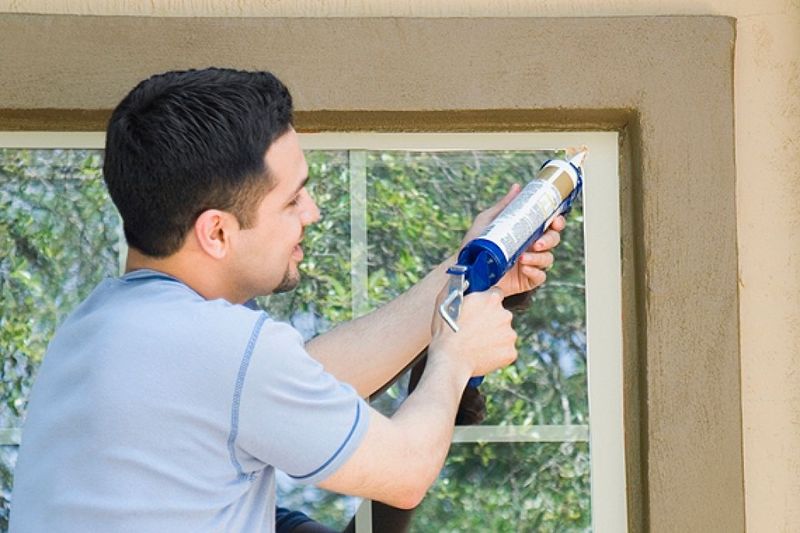
Feel that draft? Your heated or cooled air is literally flying out the window. Weatherstripping and door sweeps are inexpensive fixes that make a noticeable difference in comfort and energy bills.
For windows, apply caulk around frames and use weatherstripping tape where the sash meets the frame. Door drafts can be eliminated with door sweeps that attach to the bottom edge.
During winter months, window insulation film adds another layer of protection. This clear plastic sheeting creates an insulating air pocket that can reduce heat loss through windows by up to 70%.
4. Unplug Energy Vampires

Many electronics continue drawing power even when turned off. This “phantom energy” can account for up to 10% of your electricity bill! Common culprits include TV equipment, phone chargers, and kitchen appliances with digital displays.
Power strips offer a simple solution—flip one switch to truly shut down multiple devices. Smart power strips go further by cutting power to peripheral devices when the main device is off.
Try this experiment: Turn off everything in your home, then check your electric meter. Still spinning? That’s your vampire load silently draining energy and money.
5. Upgrade to Low-Flow Fixtures

Water heating represents a significant chunk of your energy bill. Low-flow showerheads and faucet aerators reduce hot water usage without sacrificing water pressure, thanks to clever engineering that mixes air with water.
Modern low-flow fixtures use 30-50% less water than standard models. For a family of four, that can mean saving 38,000 gallons of water annually!
Installation requires no special skills—just unscrew your old showerhead or faucet aerator and twist on the new one. The whole process takes less than five minutes per fixture but delivers years of savings.
6. Add Insulation to Your Attic
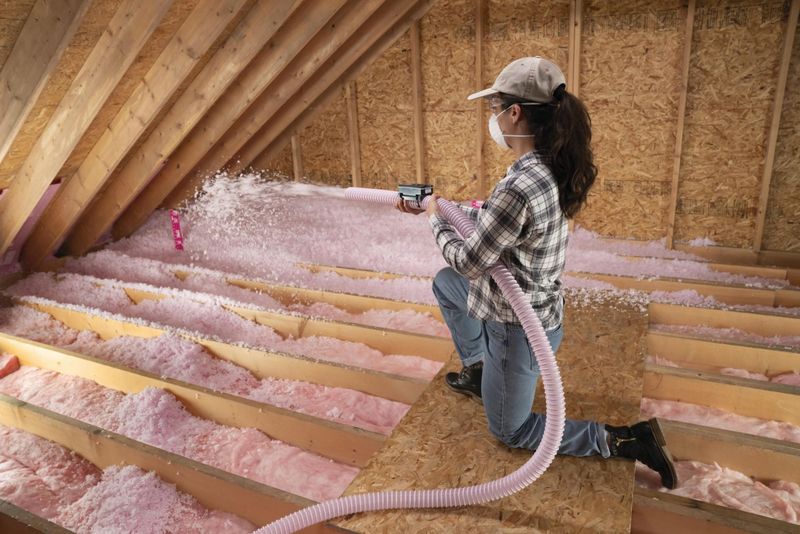
Heat rises, and in winter, that means your hard-earned warmth escapes through the ceiling into your attic and beyond. Proper attic insulation creates a thermal barrier that keeps heat where it belongs—inside your home during winter and outside during summer.
The Department of Energy estimates that properly insulating your attic can save 10-50% on heating bills. Many homes, especially older ones, have far less than the recommended amount.
Not sure if you need more? If you can see your ceiling joists, you definitely need additional insulation. Aim for a depth of at least 12-15 inches for most climates.
7. Wash Clothes in Cold Water
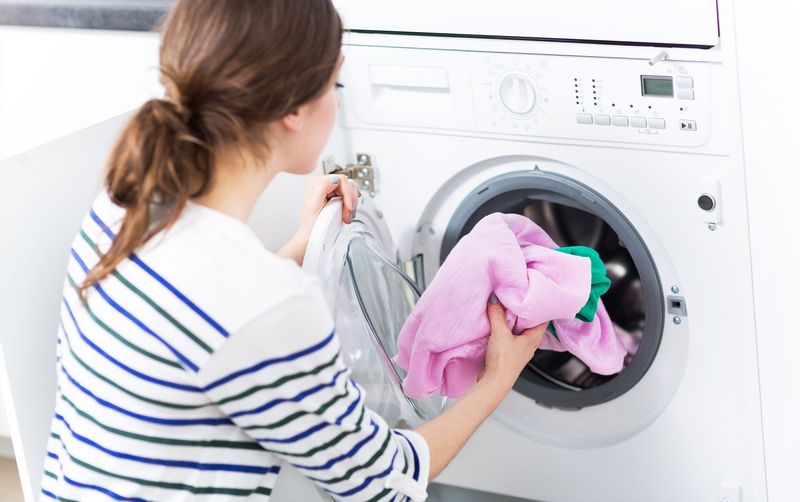
Roughly 90% of the energy used by washing machines goes toward heating water. Simply switching to cold water for most loads can cut a load’s energy use by up to 90%!
Modern detergents are formulated to work effectively in cold water. They use enzymes that activate in cool temperatures to break down stains and dirt. Reserve hot water only for heavily soiled items or killing dust mites in bedding.
As a bonus, cold water washing extends the life of your clothes by preventing color fading and fabric breakdown. Your favorite shirts will thank you with longer service and brighter colors.
8. Install Ceiling Fans for Better Air Circulation
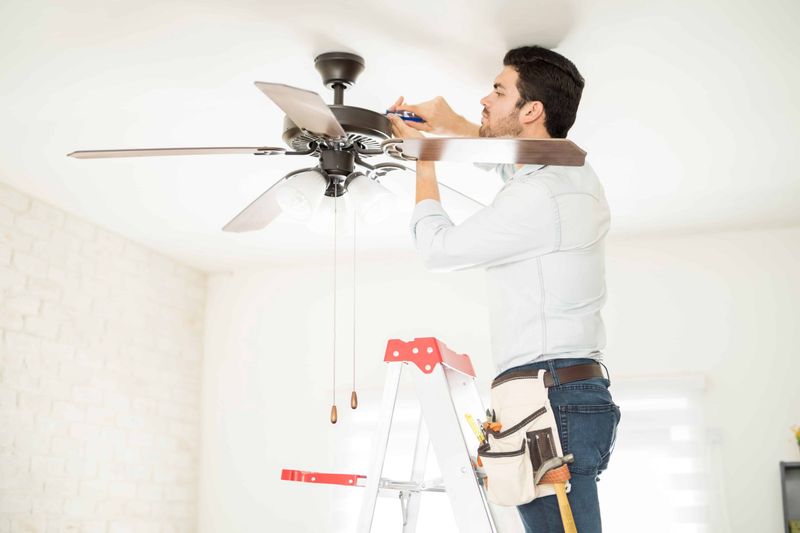
Ceiling fans create a wind-chill effect that makes you feel cooler without actually lowering the temperature. This allows you to set your air conditioner 4 degrees higher without sacrificing comfort, resulting in significant energy savings.
Remember to adjust your fan’s direction seasonally. In summer, blades should rotate counterclockwise to push air down. In winter, reverse the direction to clockwise to gently circulate warm air without creating a cooling breeze.
A ceiling fan costs just pennies per hour to operate compared to several dollars for central air. The combination of both, used strategically, provides maximum comfort with minimum energy use.
9. Replace HVAC Filters Regularly

Dirty filters force your heating and cooling system to work harder, using more energy and shortening equipment life. A clogged filter can increase energy consumption by up to 15% while reducing air quality in your home.
Basic fiberglass filters should be replaced monthly during heavy-use seasons. Higher-quality pleated filters might last up to three months, but check them regularly—pets and dust can shorten their effective lifespan.
Mark replacement dates on your calendar or set phone reminders. Some smart thermostats even track run time and notify you when it’s time for a filter change based on actual system usage.
10. Use Smart Power Strips and Timers
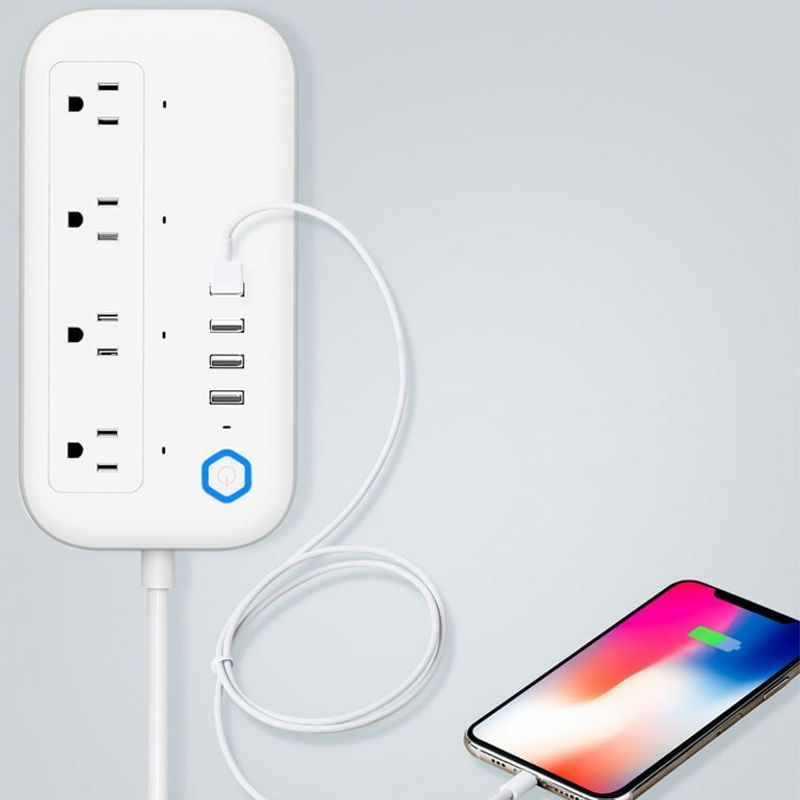
Advanced power strips detect when devices enter standby mode and cut power completely, eliminating phantom energy use. Some models even have motion sensors that power down entertainment systems when a room is empty for a set period.
For outdoor lighting, programmable timers ensure lights operate only when needed. Many now include dusk-to-dawn sensors and smartphone control for maximum convenience and efficiency.
Holiday lights can be particularly wasteful when left on 24/7. A simple timer ensures they shine only during evening hours when they’ll actually be enjoyed, cutting their energy use by more than half.

Comments
Loading…